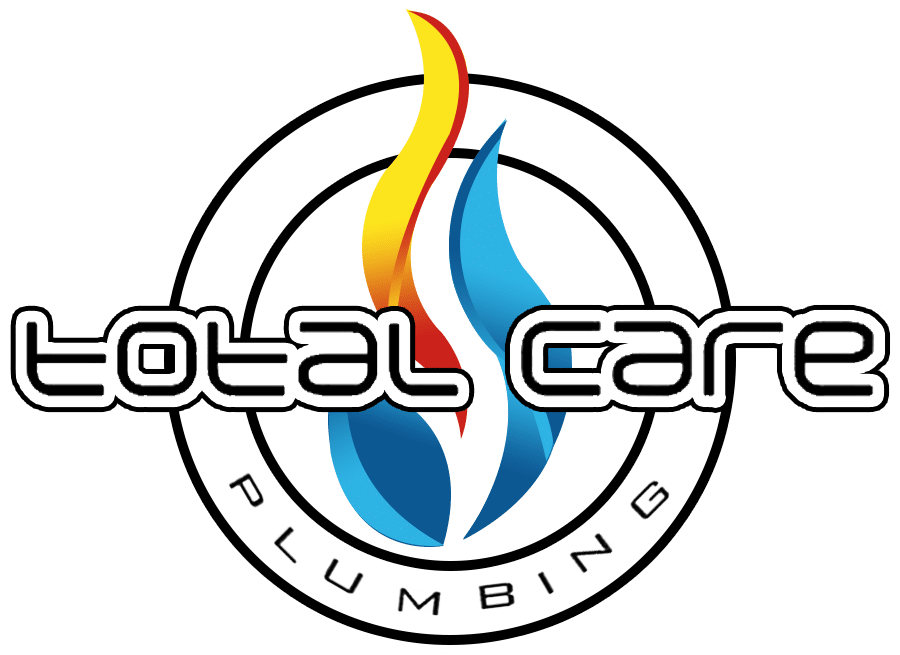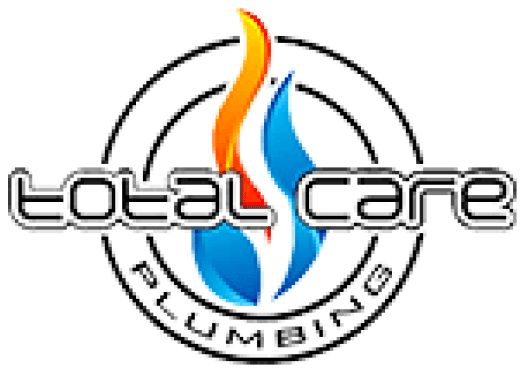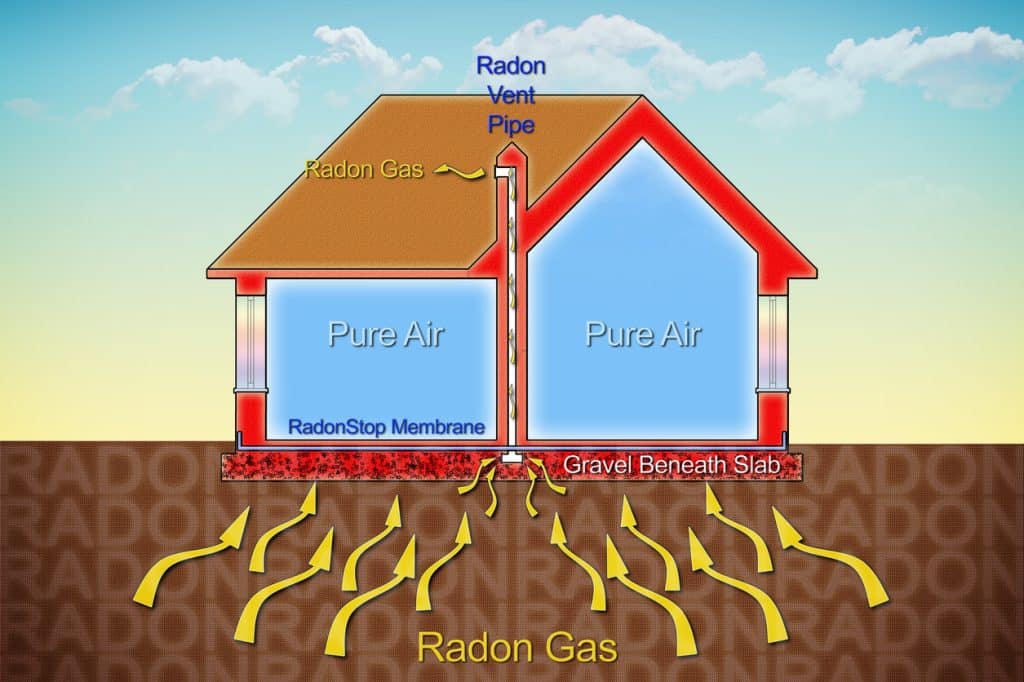Recently, radon is getting nearly as much attention as carbon monoxide, and rightfully so. This is a naturally occurring radioactive gas created when uranium, which naturally occurs in the soil, breaks down. Consider these five reasons why monitoring radon is critical for your home and keeping your family safe.
1. Radon Is a Leading Cause of Lung Cancer Among Non-Smokers
One of the biggest reasons to monitor the radon in your home is the health impacts. Both a blessing and a curse, you’re not likely to die immediately from radon exposure. However, with repeated exposure, it is the leading cause of non-smoking lung cancer. In fact, it is the second leading cause of lung cancer across all populations.
That exposure is fully preventable if you know it’s a problem. Most radon exposure in your home happens because of increased pressure under your home’s foundation. The pressure forces the radon into your home through cracks in your foundation, through your sump well, and even through your water.
2. Makes Selling Your Home Easier
Because of the health implications, radon detection has become a standard part of selling a home. If you don’t have a recent radon test, buyers are likely to seek testing as part of the conditions of the purchase agreement. Keeping tabs on your radon levels helps smooth the purchase process by preventing any surprises.
3. You Can’t Smell, See, or Taste It
Just like carbon monoxide, you can’t smell, see, or taste radon. That makes it extremely difficult to determine when a leak starts to occur. The EPA recommends having a test within the last two years if you’re planning to sell your home, or you can expect a homebuyer to request a fresh test.
4. Grand Forks Is Ranked in EPA Zone 1
The EPA has mapped every county in the United States into zones based on the risk of radon exposure. These zones range from Zone 1 to Zone 3, with Zone 1 having the highest risk of elevated indoor radon levels. All of Grand Forks County is in the EPA’s Zone 1, so every home should keep an eye on their exposure levels.
5. An Estimated 1 in 15 Homes Has High Radon
Across the United States, the EPA estimates that one in every 15 homes has elevated radon levels. However, most of these go unnoticed until someone in the home experiences a significant health event related to exposure. Rather than waiting for it to take an irreversible toll, wouldn’t you want to remedy a potential problem early?
Keep your family safe from radon while protecting your Grand Forks area property value. Call to schedule a radon test or mitigation consultation with the expert plumbers at Total Care Plumbing today.






